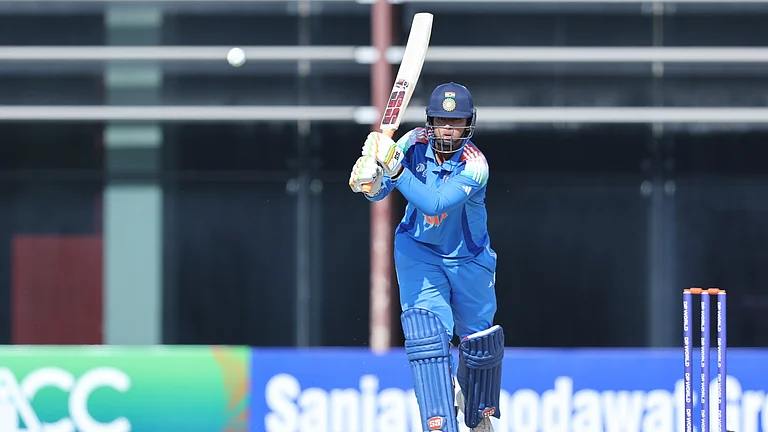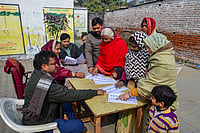The Mizoram assembly elections, held on November 7, witnessed a smooth electoral process, with 80.66 per cent of the 8.57 lakh eligible voters exercising their right to vote. A total of 174 candidates, including 18 women, contested in the elections.
Major political parties, such as the ruling Mizo National Front (MNF), the main opposition Zoram People's Movement (ZPM), and the Congress, contested in all 40 seats. The Bharatiya Janata Party (BJP) participated in 23 constituencies, while the Aam Aadmi Party (AAP) nominated candidates in four assembly segments. Additionally, there were 27 independent candidates vying for victory.
As the polling concluded, the focus now shifts to the counting of votes scheduled for December 4. This critical phase will determine the composition of the Mizoram Legislative Assembly.
Reflecting on 2018 Elections
In the 2018 state polls, the overall voter turnout stood at 81.61 percent. Notably, the Bharatiya Janata Party (BJP) achieved a historic win in Mizoram after five unsuccessful attempts since 1993. Securing victory in the Tuichawng seat, BJP candidate Buddha Dhan Chakma marked the party's first success in the state. Despite fielding candidates in 39 seats, the party managed to secure only one win.
Mizoram BJP president JV Hluna commented on the outcome, stating, "The outcome is not what we had expected. But we have opened an account and got from zero to one. More importantly, voters threw out the corrupt Congress government."
Key Takeaways
The 2018 Mizoram election results had two significant implications. Firstly, the Congress faced its most substantial defeat in the state since 1998, losing its last stronghold in the Northeast. Secondly, the Mizo National Front (MNF) marked a political comeback after 10 years, securing a majority in the 40-member assembly.
Despite being part of the National Democratic Alliance (NDA) at the Centre, the MNF asserted its independence by contesting the elections on its own, emphasizing that it did not need the support of the Bharatiya Janata Party (BJP).
Comparing the 2013 and 2018 elections, the BJP showcased an evolving presence in Mizoram. In 2013, the party fielded 17 candidates, securing only 2,139 votes (0.37 percent of the total vote share). However, in 2018, the party garnered over 50,000 votes, constituting 8 percent of the total vote share.
The Mizoram elections are crucial against the backdrop of the BJP's increasing influence in the Northeast. Presently leading governments in Assam, Arunachal Pradesh, Manipur, and Tripura, the party is also part of the ruling coalition in Meghalaya and Nagaland.


























